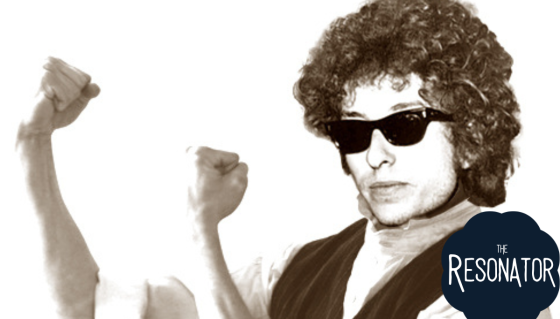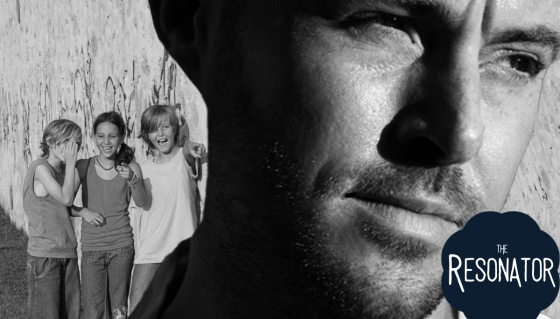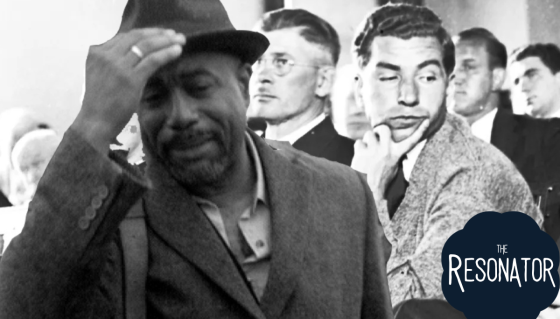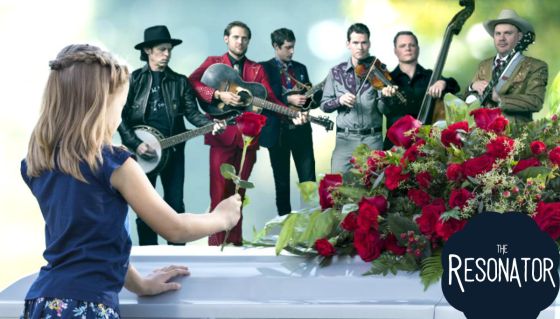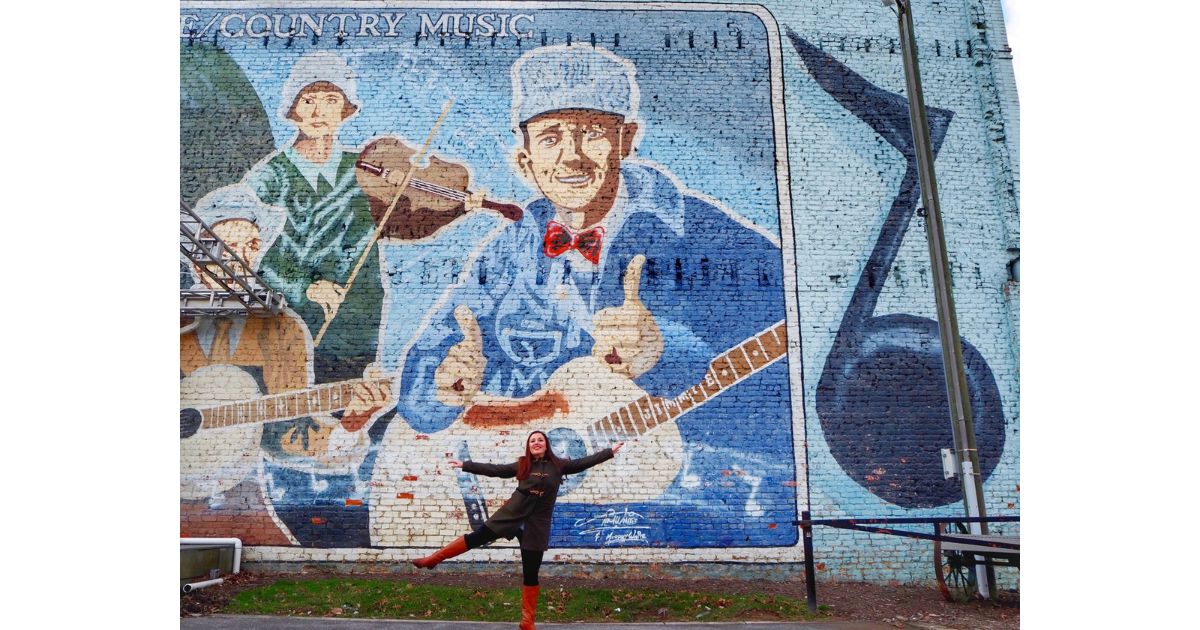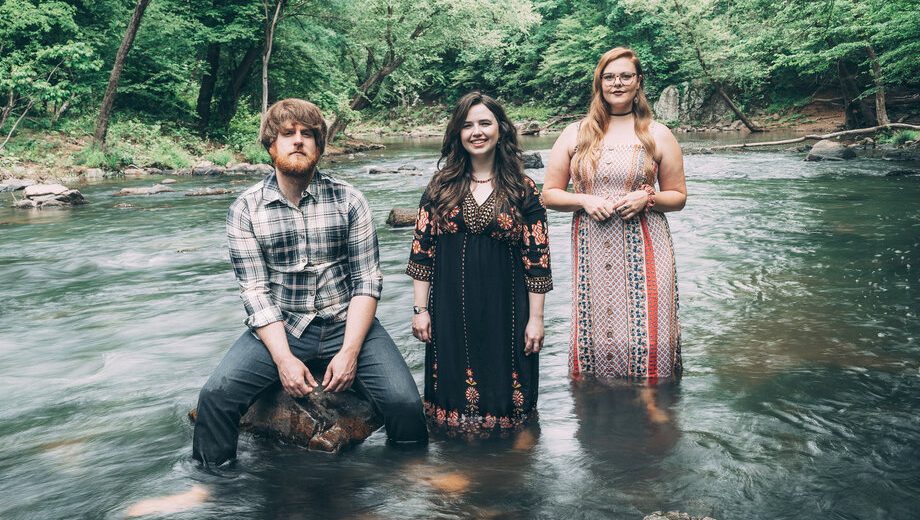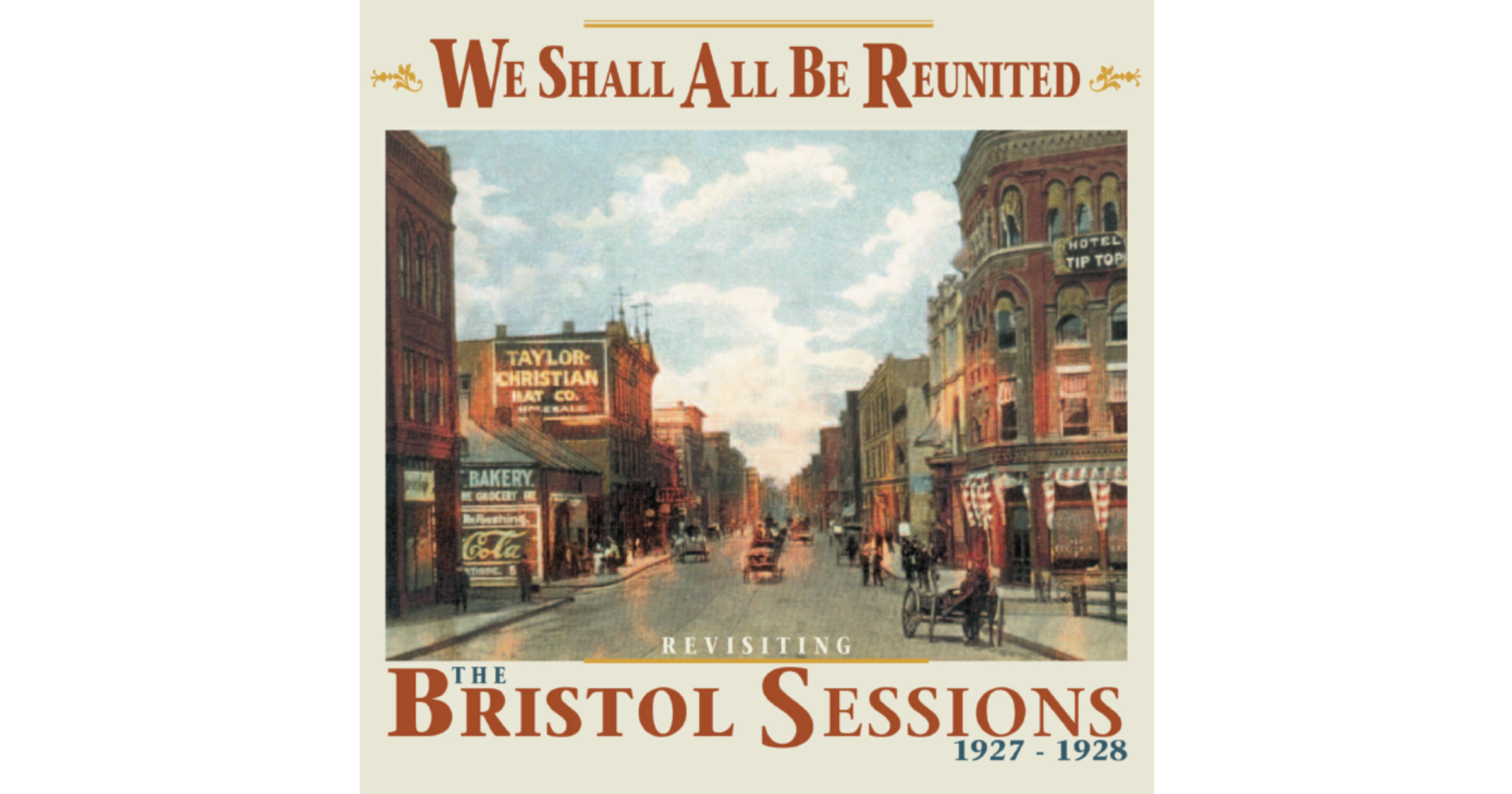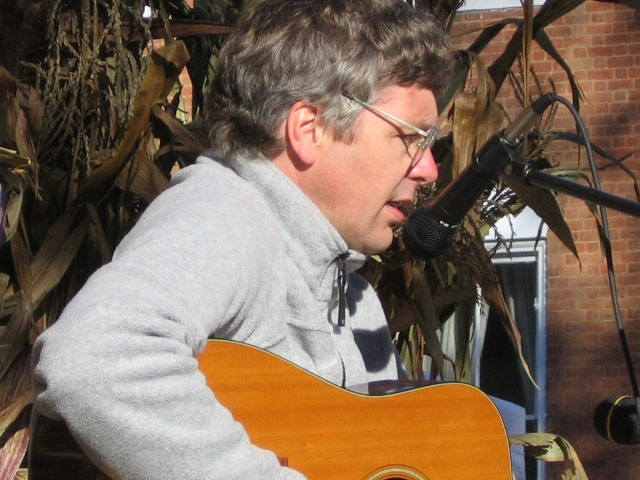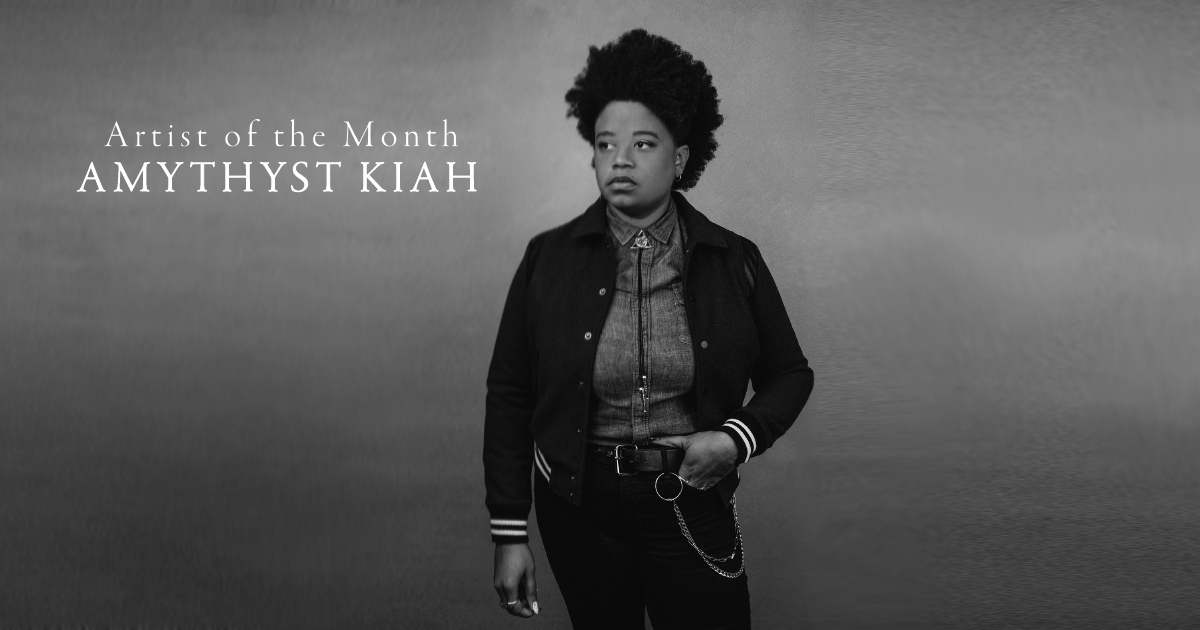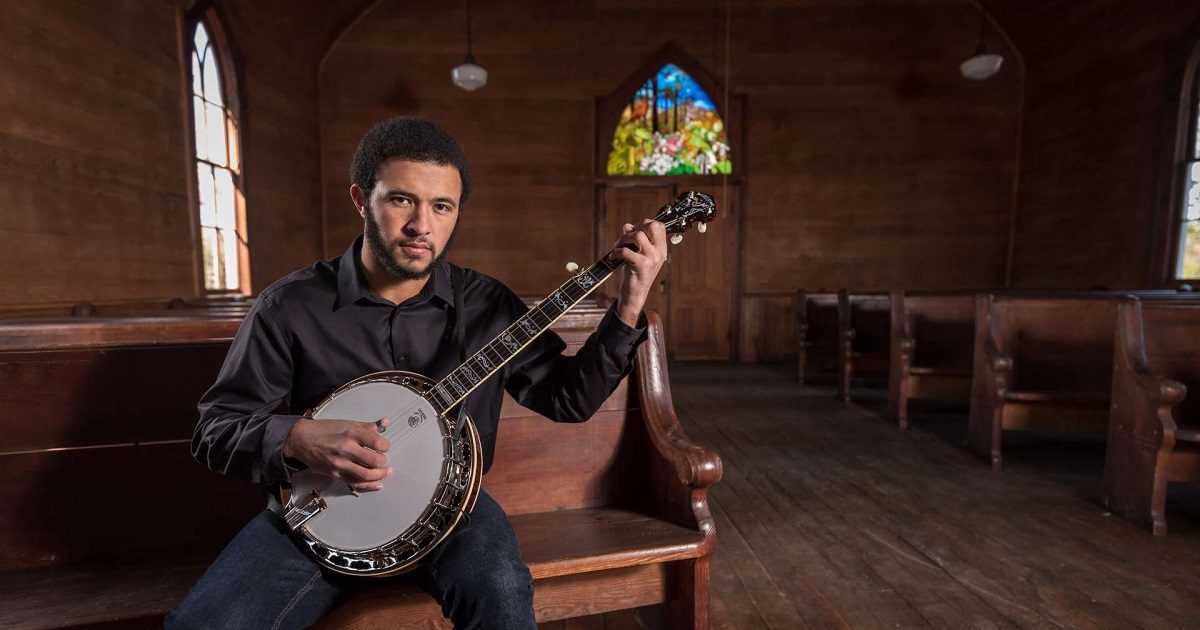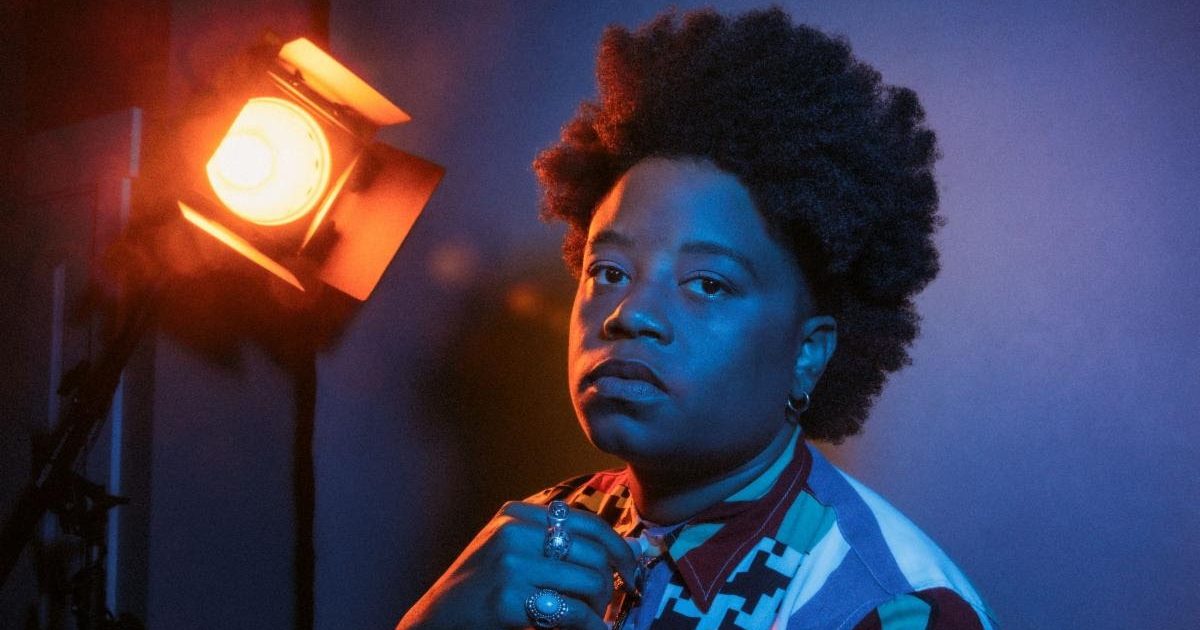The Volunteer State has long been at the center of the music world, and East Tennessee destinations like Bristol, Johnson City, Knoxville and Chattanooga all have their own unique history and stories to tell about their roles in evolving the American music experience.
To shine a light on these musical destinations sometimes overshadowed by the behemoth of Nashville to the west, we’ve gathered over a dozen attractions worth visiting from Bristol’s Burger Bar to Knoxville’s Blue Plate Special and Chattanooga’s Songbirds Vintage Guitar & Pop Culture Museum. Spanning the realms of country, bluegrass, folk, hip-hop, blues and more, each stop is guaranteed to empower, inform, inspire and excite the music fan in every one of us.
Bristol
A couple years after the Grand Ole Opry launched in 1925, Ralph Peer of the Victor Talking Machine Company ventured to Bristol in 1927 to record sessions that would later be referred to as the “Big Bang” of modern day country music. Participating artists like the Carter Family, Jimmie Rodgers and the Stoneman Family are featured throughout the Birthplace of Country Music Museum. The brand new exhibit titled I’ve Endured: Women in Old-Time Music is on display now through 2023.
Located just on the Virginia side of the state line, the space digs into the circumstances that brought the sessions to Bristol in 1927 along with the artists included in them, how the sessions have and continue to shape country music in the present, and more. It also explores how festivals, the church, radio and Hollywood have helped to further propel country music into the mainstream way of life through displays, interactive exhibits, short films and more. With the museum having just been awarded over $1 million in grants to help fund expansion, visitors can expect even more from the space in the coming months and years.
Speaking of festivals, since 2001 the museum has also produced the popular Bristol Rhythm & Roots Reunion festival on the streets and in bars around the small mountain town. Over 30,000 music fans flock to the area every second weekend of September for the event honoring not only Bristol’s history as the “Birthplace of Country Music,” but the future artists that are helping to guide and redefine country and roots music in the present. Its 2022 gathering lived up to that and then some with performances from living legends like Tanya Tucker, Del McCoury and Rosanne Cash, and rising stars like Sierra Ferrell, 49 Winchester and Molly Tuttle.
A couple blocks away from the museum nestled on the corner of State Street and Piedmont Avenue you’ll find the renowned Burger Bar. In addition to serving up the best burgers and chili dogs in all of Bristol, the diner is best known for being the last place Hank Williams was seen alive. Williams was in the process of riding from Montgomery, Alabama, to Canton, Ohio, to play a show on New Year’s Eve 1952 when he died in the back seat of the car transporting him not long after leaving Bristol.
A short walk west down State Street will lead you to another tribute to the twin city’s claim as the Birthplace of Country Music, this time in the form of a 30 x 100 foot mural. First painted by artist, musician and radio host Tim White in 1986, the mural depicts the aforementioned Rodgers, Carters and Stonemans alongside Peer as musical notes flutter up the brick wall between them.
Less than a five minute drive from downtown Bristol you’ll stumble upon “Tennessee” Ernie Ford’s birth home. Born in Bristol in 1919, Ford went on to become a world famous singer, TV and radio star. The home, now owned by the Bristol Historical Association, is open for tours and houses countless personal items and memorabilia from the town’s most cherished son.
Johnson City
Twenty-five miles south of Bristol in Johnson City is another East Tennessee mainstay, The Down Home. Founded in 1976, the listening room style club has played host to artists like Kenny Chesney, Alison Krauss and The Dixie Chicks prior to them making it big. Bigger named acts like “Pancho and Lefty” songwriter Townes Van Zandt, bluesman Willie Dixon and A Prairie Home Companion collaborators Robin and Linda Williams have also performed there. More recently other local artists like Southwest Virginia’s 49 Winchester have continued that legacy by performing in the iconic space regularly, which hosts live music anywhere from two to four nights per week.
Knoxville
If Nashville is the center of music in Middle Tennessee, then Greater Knoxville is the center in East Tennessee, and it all begins before you even get into town. Located about 20 miles north of downtown, the Museum of Appalachia houses a pioneer village, historical relics and a Hall of Fame. The latter includes everything from Native American relics to collectibles from regional political, military and everyday figures along with musicians like Roy Acuff, Bill Monroe, The Carter Family, John Hartford and Redd Stewart whose music came to define the region.
Upon arriving in Knoxille proper, I’d recommend stretching out with the Cradle of Country Music Walking Tour. Comprised of 19 locations with an estimated completion time of an hour, the self-guided tour includes stops everywhere from the Tennessee Theatre (the official state theatre of Tennessee and site of the first public performance of Roy Acuff) to the Andrew Johnson Hotel (the original home of country music variety show The Midday Merry-Go-Round and where Hank Williams spent the last night of his life), to Market Square (where Sam Morrison of Bell Sales Company helped to launch Elvis Presley’s career in the 1950s by promoting “That’s All Right, Mama” on the loudspeakers).
Along the path of the walking tour you’ll also come across the Knoxville Visitor Center and WDVX 89.9 FM. Every Monday, Tuesday, Wednesday, Thursday and on Saturday from noon to 1 p.m., the independent radio station hosts its signature program, the Blue Plate Special, in front of a live audience. Hosted by Red Hickey and Sean McCollough, the show features music and conversation from a variety of up-and-coming roots musicians. Past performers have included The Avett Brothers, Old Crow Medicine Show and Chris Stapleton. However, when we visited the featured artists were Portland-based A.C. Sapphire and Kendall Lujan, along with Sierra Leone-born, Nashville-based Senie Hunt.
Once that wraps up you can finish off your musical escapades just down Gay Street at the Museum of East Tennessee History. Operated by The East Tennessee Historical Society, the building is home of everything from the Knox County Archives to the Museum of East Tennessee History, the latter of which houses an epic collection of artifacts and music memorabilia from Dolly Parton, Billy Bowman, the Bristol Sessions and more.
Sevierville and Pigeon Forge
We would be remiss if we didn’t mention Dollywood in a story about East Tennessee. After pulling over for pancakes at family-friendly Flapjacks, start your day in the town square of Sevierville. It’s impossible to tell Dolly Parton’s life story without speaking about her reverence for the Smoky Mountains and Sevier County especially. At the courthouse, you’ll want to snap a photo with the Dolly Parton statue on the courthouse lawn, created by sculptor Jim Gray.
For years, the Chasing Rainbows Museum at Dollywood has told Parton’s rags-to-riches story — and in her case, those rags led to the famous “Coat of Many Colors.” Parton herself revealed that the museum is being reinvented as the Dolly Parton Experience, set to open in 2024. (Cue: “Here You Come Again.”) One of the best breaks in the park is maybe sharing a loaf of cinnamon break in the rocking chairs in front of the grist mill. Still hungry after that? Dolly Parton’s Stampede provides a memorable, show-stopping experience and a four-course feast, sometimes served with forks.
Chattanooga
Just over an hour and a half southwest of Knoxville you’ll find another music-friendly city in Chattanooga. Located along the Tennessee-Georgia border, the city’s roots run deep in country, blues, hip hop and more, all of which you can learn about at the Bessie Smith Cultural Center and Chattanooga African American Museum. Inside you’ll find displays highlighting all of the city’s Black history including music with displays honoring hometown heroes like Usher, Kane Brown, The Impressions and the building’s namesake, Bessie Smith.
The Tennessee Aquarium draws most of the crowds downtown, while Rock City and Ruby Falls beckon tourists to Lookout Mountain. The city also has a terrific greenway system with artistic mile markers along the river. One of them just might be a silhouette of Bill Monroe. Speaking of bluegrass, drop in for breakfast at the Bluegrass Grill in downtown Chattanooga. Just around the corner you’ll find a brewpub, a chocolate shop, a distillery, and an ice cream store, all with local ties.
After singing a few lines about the famous Chattanooga Choo Choo, located on the grounds of a historic hotel, you can trace the modern history of the guitar at the nearby Songbirds Vintage Guitar & Pop Culture Museum. Much like the Bessie Smith Center, the museum recognizes local heroes while also wielding an insane — and growing — collection of vintage guitars, amps, and pedals. Current highlights on display when I visited included guitars from Duane Allman and Merle Travis, who is also featured at the Muhlenberg Music & History Museum mentioned in our previous story on Kentucky’s top music tourism destinations.
An hour northwest of Chattanooga — and just barely inside the confines of East Tennessee for the purpose of this story — sits The Caverns. The sought after getaway takes musicians and concertgoers alike underground for an unparalleled live music experience. The gritty grotto is most notably home to PBS television series The Caverns Sessions (formerly Bluegrass Underground), which has already announced performances from Sierra Ferrell, Allison Russell, The Lil Smokies and more in 2023. Guided tours of the cave system are also available seven days a week. If the timing lines up, consider checking out the Big Mouth Bluegrass Festival (July 1-2, 2023) or CaveFest (October 6-8).
For more information on tourism destinations throughout East Tennessee, visit TNVacation.com.
Photo Credit: Tennessee Tourism/Andrew Saucier
